Understanding Home Lighting Options
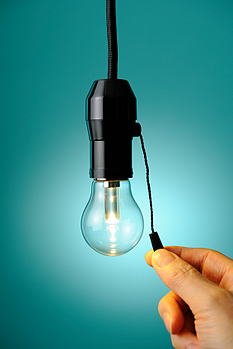 Florescent, compact florescent, incandescent, and halogen light bulbs are all commonly found in homes across the country. Specific bulbs will serve a specific purpose throughout your home, as each of these light bulbs comes with pros and cons. If you feel the lighting in your home is insufficient, or you simply want to be more eco-friendly, here is a breakdown of these light bulbs and how they can best be used in your home.
Florescent, compact florescent, incandescent, and halogen light bulbs are all commonly found in homes across the country. Specific bulbs will serve a specific purpose throughout your home, as each of these light bulbs comes with pros and cons. If you feel the lighting in your home is insufficient, or you simply want to be more eco-friendly, here is a breakdown of these light bulbs and how they can best be used in your home.
Florescent
While most florescent bulbs are large, rectangular bulbs that fit directly into ballasts designed to house them, they do come in a wide variety of shapes and sizes. The florescent ballast will hold your light bulb in place while regulating the amount of power, or energy, which is sent to the bulb. Florescent light bulbs attempt to replicate natural daylight, and produce a cold, flat blue light. Unfortunately, many people find this type of light to be rather harsh on the eyes, and these bulbs are not compatible with a dimmer switch, meaning what you see is what you get. Great for larger rooms such as an attic or basement, florescent lights, however, are not the ideal choice if you are working on a lighting project.
Compact Florescent
Among the most energy-efficient light bulbs on the market today, the compact florescent (CFL) bulb is not equipped with a heating filament to generate light. Instead, the CFL bulb uses electricity as a means to hear mercury vapor contained within the bulb. The heating of this mercury vapor will initially produce ultraviolet light, and shortly thereafter will produce visible light. CFL bulbs use approximately 75% less energy than traditional light bulbs and will last around six times longer, according to EnergyStar. It is important to note that compact florescent bulbs will require you to invest more up front, but you are sure to make that money back in the long-run, provided the bulbs aren’t dropped before they need to be replaced.
Incandescent
Incandescent light bulbs are the most commonly used bulbs in households across the United States. One of the main reasons this is the case is due to their low cost. Incandescent light is often warm and inviting, and is known to complement skin tones. Unlike florescent bulbs, incandescent bulbs can be used with a dimmer switch, which can extend their life expectancy beyond the typical 1,000-hour life expectancy. If you are looking for environmentally-friendly lighting options, however, the incandescent is amongst the worst bulbs for this purpose.
Halogen
A variation of the incandescent bulb, halogen light bulbs are known for their ability to nearly duplicate natural sunlight. Halogen bulbs produce what is known as “white light,” which helps colors appear sharper in halogen light. Capable of being paired with a dimmer switch, halogen bulbs are more energy-efficient than traditional incandescent bulbs, though they burn at a much higher temperature and are more expensive. Halogen light bulbs must be handled with extreme care, and should not be used in a fixture that is within reach of a child. Most often used beneath cabinets and in recessed cans, halogen lights cannot operate with the natural oils from your skin upon them. The smallest amount of oil can create a hot spot on the bulb, which can cause it to explode and shatter when turned on.
Lighting accounts for approximately 10% of your household energy costs, which can easily cost up upwards of $200 a year. This may not seem like a big expense, but it is enough to make you reconsider your lighting options. With the proper research and planning, you can illuminate your home while reducing your utility costs and reducing your carbon footprint. Take control of your home lighting today and choose the right bulb for the job.
Windows on Washington would like to thank Rachael Jones for guest blogging. She is a blogger for DIYMother.
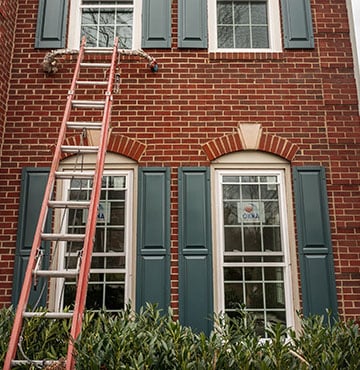
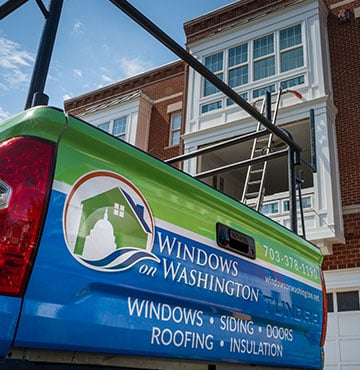
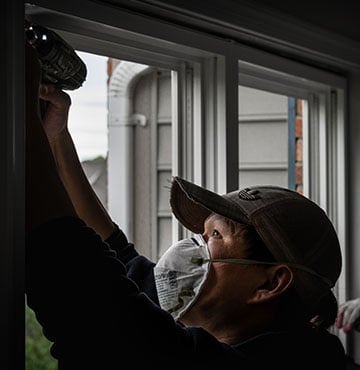
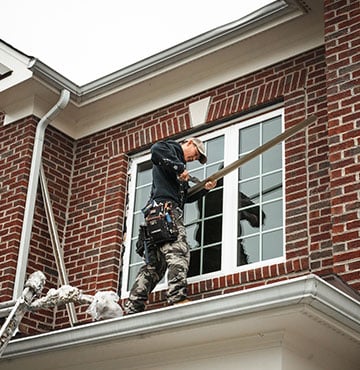




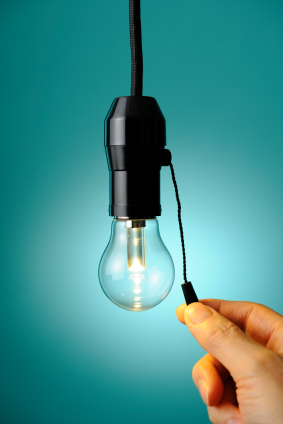
 Florescent, compact florescent, incandescent, and halogen light bulbs are all commonly found in homes across the country. Specific bulbs will serve a specific purpose throughout your home, as each of these light bulbs comes with pros and cons. If you feel the lighting in your home is insufficient, or you simply want to be more eco-friendly, here is a breakdown of these light bulbs and how they can best be used in your home.
Florescent, compact florescent, incandescent, and halogen light bulbs are all commonly found in homes across the country. Specific bulbs will serve a specific purpose throughout your home, as each of these light bulbs comes with pros and cons. If you feel the lighting in your home is insufficient, or you simply want to be more eco-friendly, here is a breakdown of these light bulbs and how they can best be used in your home.



%20(720%20%C3%97%20510%20px)%20(500%20%C3%97%20500%20px)%20(300%20%C3%97%20300%20px)%20(400%20%C3%97%20400%20px)%20(700%20%C3%97%20700%20px)%20(480%20x%20550%20px).png?width=480&height=550&name=Untitled%20(860%20%C3%97%20860%20px)%20(720%20%C3%97%20510%20px)%20(500%20%C3%97%20500%20px)%20(300%20%C3%97%20300%20px)%20(400%20%C3%97%20400%20px)%20(700%20%C3%97%20700%20px)%20(480%20x%20550%20px).png)

Comments